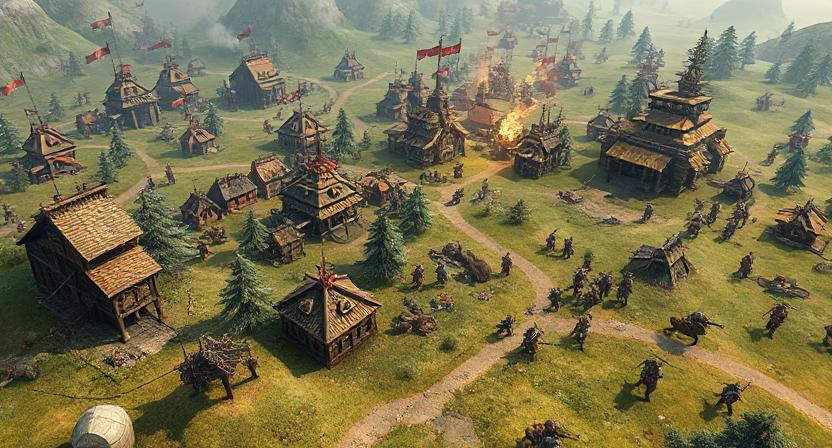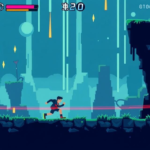Sandbox games like Minecraft, Rust, and Terraria allow players to build, craft, and explore open-world environments. These games give players the freedom to create their own experiences, providing endless possibilities. Let’s dive into the mechanics of building and crafting that make sandbox games so appealing.
1. Resource Gathering
Resource gathering is the foundation of any sandbox game. Players must gather raw materials, such as wood, stone, and metals, to craft tools, weapons, and structures. This process often involves exploration, survival elements, and sometimes combat.
- Survival Elements: In games like Rust, gathering resources often requires players to venture into dangerous areas or fend off wildlife and other players. In Minecraft, the environment itself—hostile mobs, night cycles—adds an additional layer of challenge to resource collection.
2. Crafting Systems
Crafting systems allow players to transform gathered resources into useful tools and equipment. From simple items like axes and pickaxes to complex machinery and weaponry, crafting systems provide progression and enable creativity.
- Recipe Discovery: In many sandbox games, players can discover new crafting recipes by experimenting or completing in-game challenges. Terraria has a wide variety of items and crafting materials, leading to a sense of discovery as players unlock new possibilities.
3. Building Structures
Building is perhaps the most defining feature of sandbox games. Players can construct everything from basic shelters to massive castles or cities. The construction mechanics are designed to be intuitive, allowing players to build freely without much restriction, yet they can be intricate enough to reward creativity and skill.
- Complex Structures: In Minecraft, players can build structures with simple blocks, while Rust introduces more sophisticated building mechanics, including walls, windows, and even reinforced structures that provide strategic advantages in multiplayer gameplay.
4. Progression and Customization
Many sandbox games offer progression systems that allow players to upgrade their tools, abilities, and resources as they advance. This progression keeps gameplay fresh and engaging, as players unlock new crafting blueprints or building materials.
- Customization: Customization options also play a big role in sandbox games. Players can personalize their structures, clothing, and items, which gives them a sense of ownership over their creations.
5. Multiplayer and Community Interaction
In multiplayer sandbox games, building and crafting often extend to cooperative or competitive gameplay. Players can join forces to create massive structures, towns, or even entire worlds. Alternatively, they may compete against each other to craft and build the best fortifications or weapons.
- Shared Creativity: Games like Minecraft and Rust allow players to collaborate on massive projects, building together or competing in unique, player-driven experiences. Community servers often host custom rules, challenges, or creative endeavors that further enrich the gameplay.




Leave a Reply